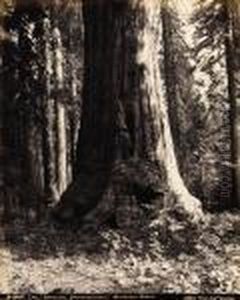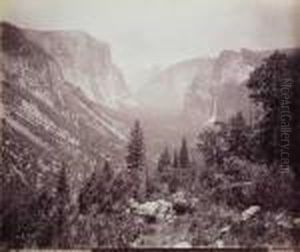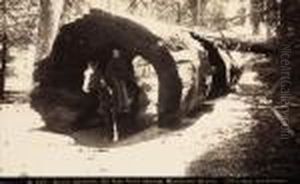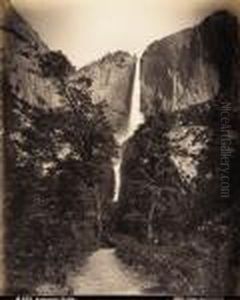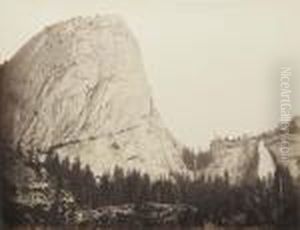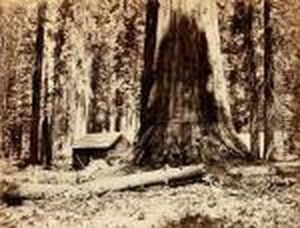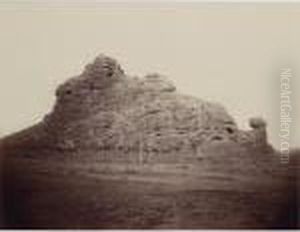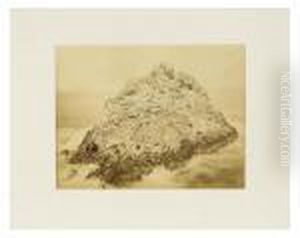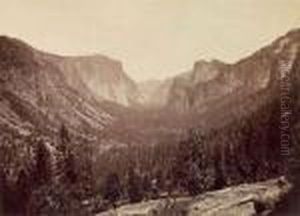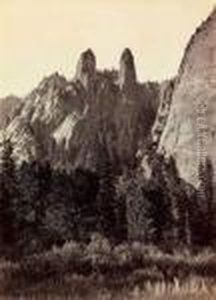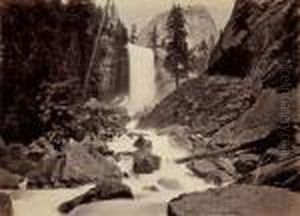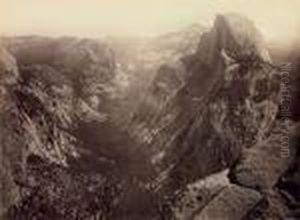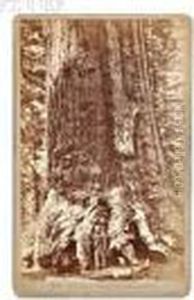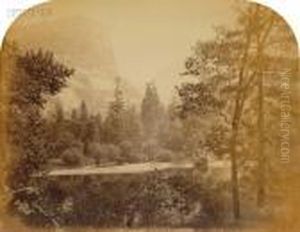Carleton E. Watkins Paintings
Carleton Emmons Watkins was an influential American photographer of the 19th century, renowned for his captivating images of the American West, particularly of Yosemite Valley and the surrounding Sierra Nevada mountains. Born on November 11, 1829, in Oneonta, New York, Watkins moved west during the Gold Rush era, eventually settling in California.
His journey into photography began in the late 1850s when he was trained by established photographer Robert Vance. Watkins quickly developed his technique and an eye for landscape photography. He mastered the use of large glass-plate negatives and mammoth cameras, which allowed him to capture the grand scale and minute details of his subjects.
Watkins' photographs played a significant role in influencing public perception of the American West and were instrumental in the establishment of Yosemite National Park. His work was first publicly recognized at the 1867 Paris Exposition, where he won a medal for his landscape photographs. Watkins' Yosemite images particularly impressed members of Congress and President Abraham Lincoln, contributing to the signing of the Yosemite Grant in 1864, which laid the groundwork for the national park system.
Despite his success, Watkins faced financial difficulties throughout his life. He lost his San Francisco studio and much of his work in the 1906 earthquake and fire. By the time of his death on June 23, 1916, he was nearly blind and had spent his last years in a relative obscurity, living at the Napa State Hospital for the Insane.
Watkins' legacy endures through his pioneering techniques and the breathtaking imagery he captured. His work is recognized for its artistic excellence and for its historical significance, providing an unparalleled visual record of America at a time when the frontier was still being explored. His photographs are held by major institutions around the world and continue to be celebrated for their contribution to art and environmental conservation.
